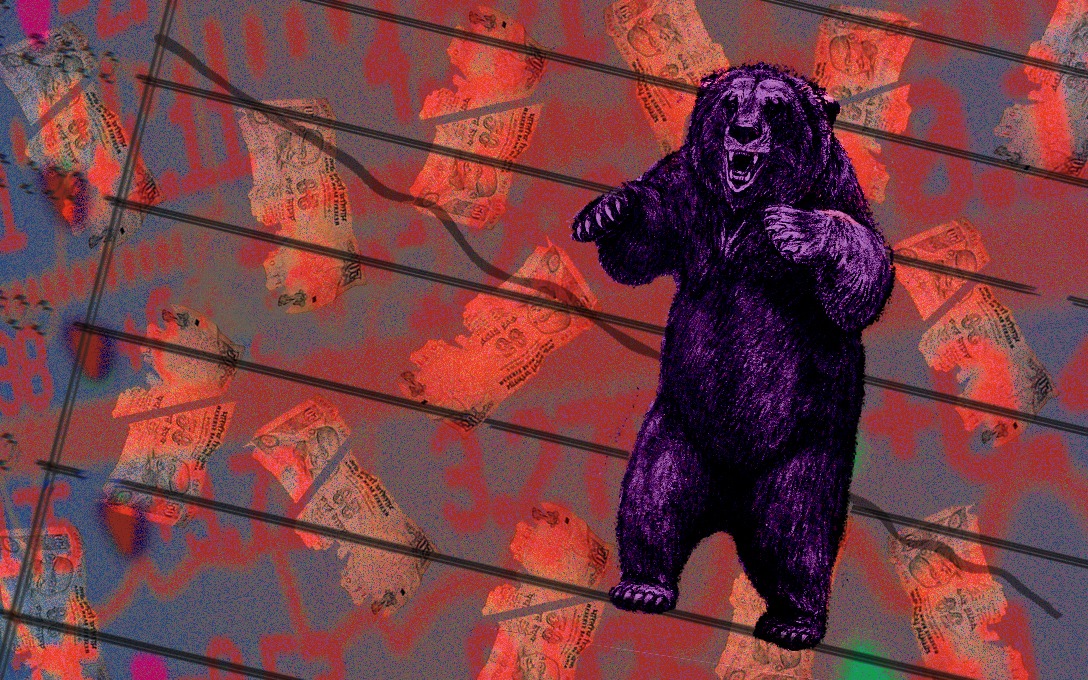RBI cuts repo rate for fifth time

Tourism industry could double in size by 2029
India’s rich cultural heritage and its magnificent monuments attract a large number of tourists from across the world. The country offers a diverse portfolio of niche tourism products like eco-tourism, rural tourism, religious attractions, medical tourism and wellness tourism that involves ayurvedic and spa therapies.
According to industry reports, India is ranked 8th in terms of the travel and tourism industry’s contribution to GDP. In 2018, the country earned $247 billion via travel and tourism. This amounted to 9.2% of the country’s GDP. The travel & tourism industry’s contribution to GDP is expected to grow by 7% each year until 2029. The industry is expected to grow to $511.9 bn by 2029, doubling in size. In 2018, $45.7 bn was spent towards capital investment in travel & tourism industry. This amount is expected to grow by 7.4% each year over the next 10 years.
Government is playing an active role in promoting the sector. The Incredible India 2.0 campaign was launched in 2017. The campaign seeks to put India as a high-end tourist destination on the world map. The Government has also identified 12 theme-based tourism circuits like the Himalayan circuit, Buddhist circuit etc and is developing them.
During his address to the nation on Independence Day, Prime Minister Modi had urged Indians to visit 15 tourist destinations within the country 2022. He said in recent “Mann Ki Baat” address that India’s rank in travel and tourism composite index had jumped to 34 from 65 over the previous 5 years. He urged citizens to work harder so that India would be a major tourist destination in the world by 2022.
The Incredible India smallcase consists of companies from the travel and tourism industry that possess immense growth opportunities. The smallcase has surged 7.3% in the last 1 month.
Beat the market, smartly
The risk of investing in equities is measured via beta. Beta measures volatility, which is the fluctuation in the investment value, compared to benchmark indices like Nifty. Higher the beta, the riskier the investment.
Smart Beta strategies aim to increase the return potential of the investment without increasing risk. Such strategies take the same amount of risk as the benchmark indices but increase the return potential by using better screening or weighting criteria.
Quality – Smart Beta smallcase provides investors with an opportunity to invest in high-quality businesses. The strategy is implemented by screening for companies that match specific fundamental criteria that indicate the quality of the company. The strategy allocates weights to the stocks with the aim of maximizing the Sharpe ratio.
Low Risk – Smart Beta smallcase provides investors with an opportunity to exploit the phenomenon of the low-risk anomaly – a phenomenon where low-risk stocks have consistently outperformed high-risk stocks. This smallcase uses a quantitative methodology that decides the weights of the stocks in such a manner that diversification is maximized.
Dividend – Smart Beta smallcase contains stocks which have been increasing their dividends on a consistent basis, weighted in a manner to minimise the volatility of the smallcase.
Markets Update
Benchmark indices closed in the red this week even as Reserve Bank of India (RBI) cut repo rate by 25 basis points. Nifty closed down 2.93% at 11,174.75 and Sensex closed at 37,673.3 down 2.96%.
For the 5th straight monetary policy review, RBI continued cutting rates. RBI’s Monetary Policy Committee (MPC) on Friday slashed the repo rate by 25 basis points (bps) to 5.15% while maintaining an accommodative policy stance. The committee also revised the GDP growth target for the fiscal year 2020 to 6.1% from 6.9%.
India’s infrastructure output for Aug 2019 dropped by 0.5% compared to the same period the previous year. Current account deficit narrowed to USD 14.3 billion, or 2% of GDP, in April-June 2019-20 from USD 15.8 billion, or 2.3% of GDP, in the same period a year earlier.
India Manufacturing PMI came in at 51.4 in September 2019, unchanged from the previous month’s 15-month low. Services PMI plunged to 48.7 in September 2019 from 52.4 in the prior month and well below market expectations of 52.1.
Twitter Take
Salary credited? Awesome 🥳
You work so hard for your salary but have you ever thought about making it work for you? Go, start investing at https://t.co/1C4Qcwfwr5. pic.twitter.com/8EOmM08v50
— smallcase (@smallcaseHQ) October 1, 2019




























































 Incredible India
Incredible India
